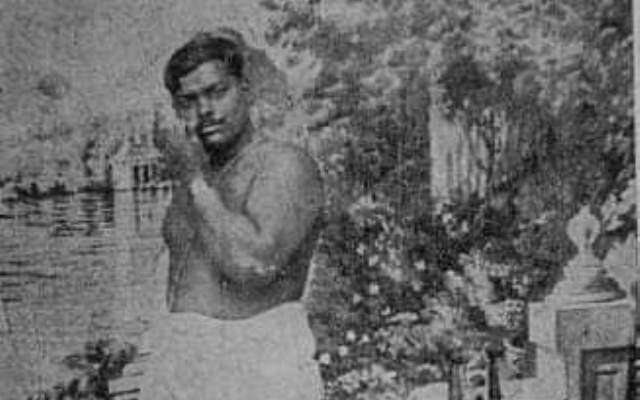The people of India paid rich tribute to legendary freedom fighter Chandra Shekhar Azad on his 113th birth anniversary today.
Chandra Shekhar Azad, popularly known as by his self-taken name Azad (“The Free”), was a revolutionary freedom fighter. He died young, at the age of 24, but left a strong legacy of courage among the Indians.
On the occasion of his birth anniversary, we present a few facts about the fearless freedom fighter Azad, who never surrendered himself to British rule.
- Azad was born on July 23, 1906 in Bhavra village in Jhabua district of Madhya Pradesh to Pandit Sitaram Tiwari and Jagarani Devi.
- His mother Jagrani Devi wanted him to become a Sanskrit scholar but the Jallianwala Bagh massacre in 1919 greatly affected him and he chose to join the freedom struggle.
- Despite being a student, Azad joined Mahatma Gandhi’s non-cooperation movement in December 1921 and was only 15 years old when he was arrested.
- Azad became disillusioned with the national leadership when Mahatma Gandhi abruptly called off the non-cooperation movement in 1922. He adopted violent methods to achieve India’s independence.
- When Chandra Shekhar was arrested for participation in the non-cooperation movement, and produced before a judge, he mentioned his name as Azad and his father’s as Swatantrata (Independence).
- The Indian Revolutionary became extremely popular because of the Kakori Rail Dacoity in 1925 and the assassination of policeman John Poyantz Saunders in 1928.
- Azad learned the art of archery from the tribal Bhils which was helpful during the arms struggle against Britishers.
- Bhagat Singh joined Azad following the death of Lala Lajpat Rai, after he was beaten by police officials. Azad trained Singh and others in covert activities.
- Azad died at Alfred Park in Allahabad, now Prayagraj, on 27 February 1931. The park has been renamed to Chandrashekhar Azad Park to honour the incredible sacrifice of this legend. Police had surrounded him in the park after Virbhadra Tiwari (their old companion who later turned traitor) informed them of his presence there.
- Azad was wounded in the process of defending himself and Sukhdev Raj and killed three policemen and wounded others. His actions made it possible for Sukhdev Raj to escape. After a long shootout, he succumbed to the injuries, his postmortem reports revealed. The Colt pistol of Chandra Shekhar Azad is displayed at the Prayagraj Museum.




 Kalinga AI
Kalinga AI